Below is a Q&A session conducted with Heather Arney, who is Global Director, Insights at Water.org.
Water.org works across 11 countries on 3 continents to ensure access to safe drinking water. Can you tell us about some of the major projects you have ongoing?
Through our work we have reached more than 53 million people with access to improved drinking water and sanitation facilities. This year we are forecasting to reach more than 9 million people primarily through two major project models: WaterCredit and Infrastructure.
WaterCredit is our primary model that connects households to affordable financing for improved water supply and sanitation services and facilities. For millions of people living in poverty, the challenge is having upfront cash or savings to build the water and sanitation improvement. To address this challenge, we partner with local financial institutions to develop, pilot, and scale small loans for water and sanitation purposes. For example, a client of a microfinance institution partner takes out a loan for $200 to install a piped connection to their household. The types of improvements must fall within improved access guidelines such as household water or sewer connections, capped well, water filters, and septic tanks.
Infrastructure is an emerging area for Water.org, where we provide technical assistance to water and sanitation service providers and facilitate financing to make infrastructure improvements. We are working with a variety of service providers, from smaller community-based organisations to larger utilities. Improvement types include expanding network services and building supply tanks. We are also piloting ways to work with service providers to reduce non-revenue water, including fixing leaky pipes which improves water use efficiency, a win-win for the environment and the financial sustainability of a utility.
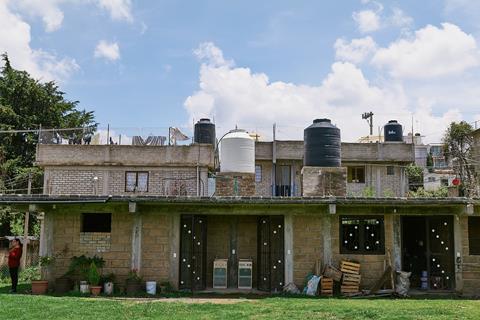
What are some of the biggest issues you face in the monitoring and evaluation of clean water?
Scale, which is a good problem to have. To date, our programs have constructed over 11 million water and sanitation projects. Due to the sheer number and large geographical coverage, it is not feasible for us to confirm the status of all the improvements. To address this issue, we use sampling methods to conduct visits to observe the improvement and discuss with the household or service provider their experience with the project.
How do the challenges associated with ensuring access to clean water differ from region to region?
This is a big, complex question. In general water challenges are very specific to the local context and climate change is making water supply even more challenging, especially as rainfall becomes less predictable. In regions that are experiencing longer, more persistent droughts we are seeing a greater need for households to have more than one type of water supply source to last throughout the year. Regions that experience floods and other dramatic climate events are at a greater risk of infrastructure damage and the water supply getting contaminated.
In poor urban populations, where safe drinking water is scarce due to low supply or mismanagement, households are at greater risk of paying more for lower quality water. Urban populations that live in informal settlements are often blocked from accessing public water supply. This is an increased concern as there is more rural to urban migration and urban centres do not have water supply resources to cover the population growth.
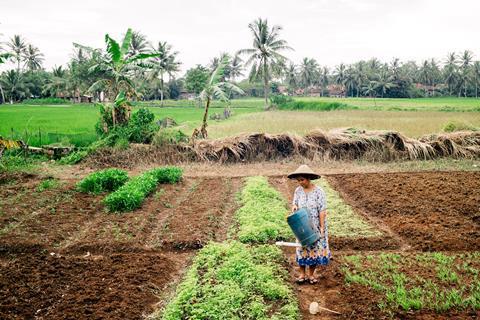
From a macroeconomic perspective, inflation has been a major challenge in several countries where we work. Inflation and interest rate increases have lowered the demand and ability to finance water improvements. Less affordable financing means less ability to build and maintain safe water solutions.
For example, Cambodia has experienced a higher interest rate from international lenders which in turn resulted in our microfinance partners having less lending capital to offer affordable loans for water and sanitation improvements. Uganda’s central bank has increased its lending rate to counter inflation, which has also resulted in less affordable financing.
To address these challenges, regions take different approaches that include loan term adjustments, increased coordination with government programs, and institution strategy adjustments.
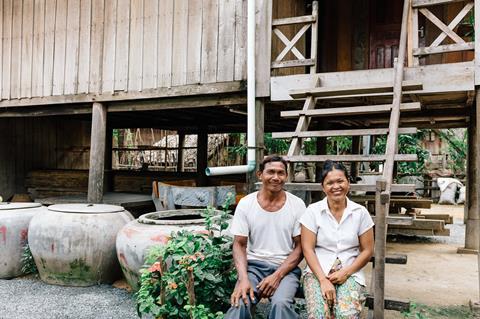
Are there certain areas where improvements in technology and/or protocols could have a major impact in monitoring/evaluation/delivery?
Yes, there are several. We are currently exploring a pilot that would bring together affordable technology for a service provider in Indonesia to monitor and address non-revenue water such as leaky pipes. Additionally, our technology partners, mWater, are constantly influencing and enabling the sector to use data-driven management to improve water service performance and enhance their asset management systems.
What are some of the key skills you need to succeed in your role as Global Director, Insights?
A hobby of mine is photography. Before digital, I would spend hours in a dark room developing film and making prints. I mention this because my work is like a photographer in the sense that it is very technical, yet I must be creative to connect the dots and tell a very important (and honest) story to instill learnings and compel action. Skills include coaching and leadership, analytics, and ability to absorb and make sense of complex and evolving information, monitoring/measurement and evaluation skills, and insight generation.
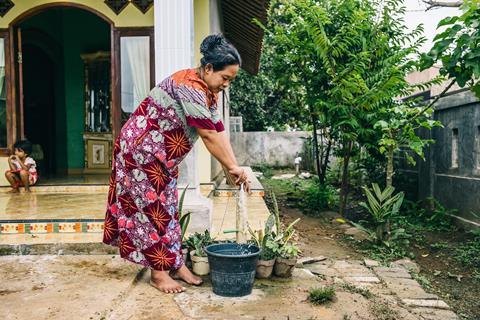
With the predicted change in environment caused by climate change, are there areas that Water.org is aiming to work in? What does the future hold?
We recognise that climate change manifests its greatest impacts through water, including floods, droughts, poor water quality, and rising sea levels. We are integrating climate resilience efforts into our work by increasing financing to:
- Increase access to safe water access throughout the year
- More quickly recover from climate shocks that destroy water supply and sanitation systems.
- Increase household resilience through water/sanitation solutions that are adapted to local climate.
- Pilot infrastructure climate mitigation improvements such as energy usage, renewables, and improved wastewater treatment and reuse that can both reduce emissions and improve water service delivery and quality.

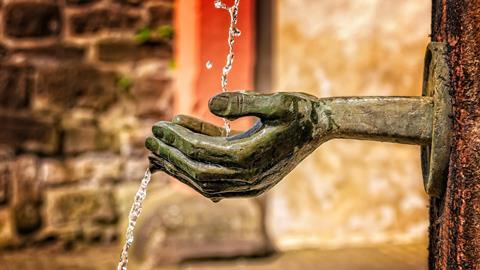






No comments yet